Dog Walking Etiquette
Whether you are an experienced dog walker or a new dog owner keen to get out and about with your new furry friend, there are a few rules (some unwritten) that you should follow.
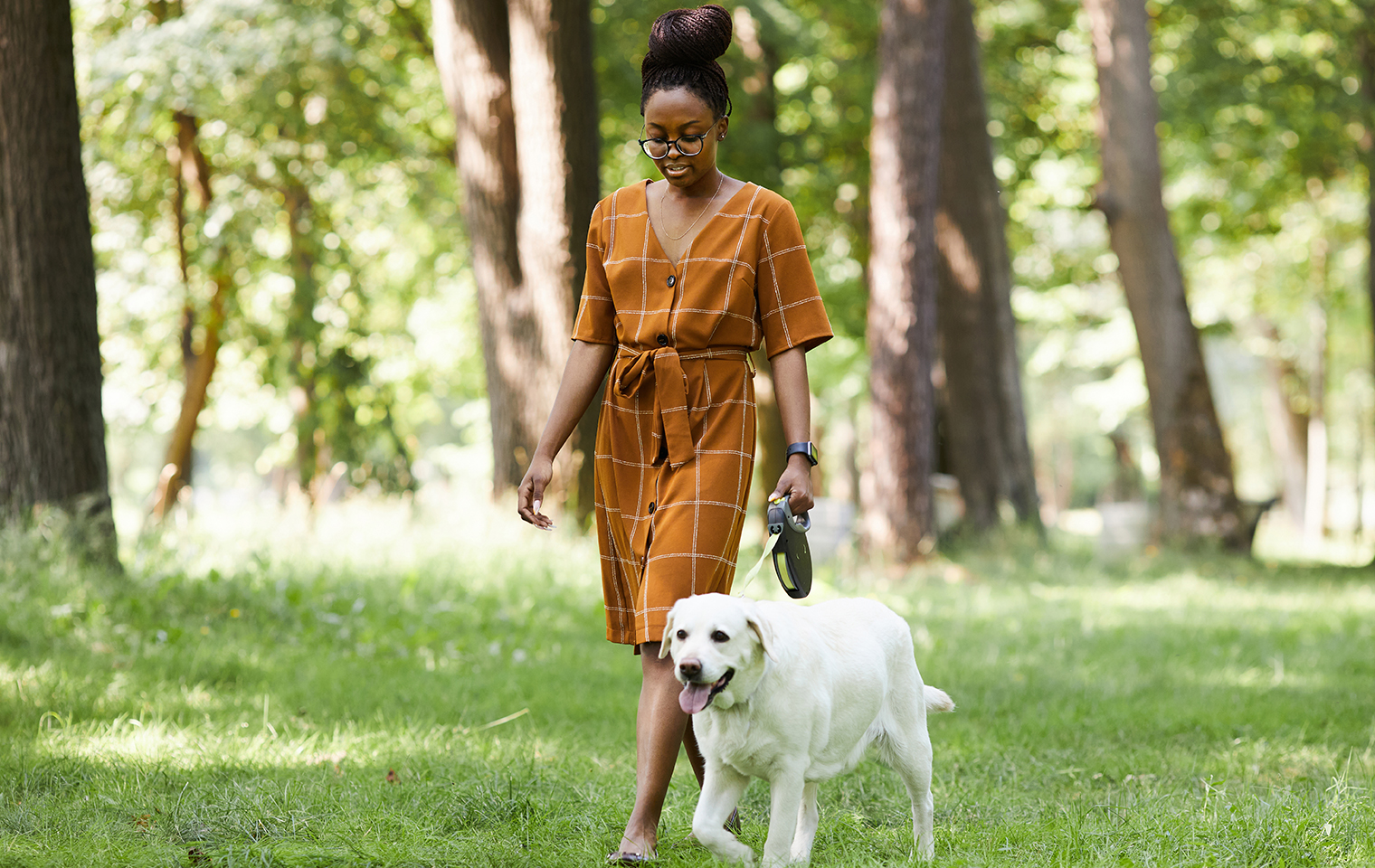
As a responsible dog owner, knowing the proper etiquette for walking can make it more enjoyable for you and your dog/s to spend quality time together outside, around any other dogs and humans you might encounter. Here’s our quick guide to everything you should consider before you step out the door.
On-leash or off?
As a general rule, it is best to walk your dogs on-leash, except in specific leash-free areas. When walking around the neighbourhood, anywhere there are cars or horses, or where off-leash dogs are not allowed, it is always best to keep them leashed. Your dogs may be friendly and well-behaved, but you just never know when they could become frightened or distracted by another animal, a loud noise or anything else. There may be barbed wire or broken glass, you may come across people who are afraid of dogs, or your dogs may run up to aggressive leashed dogs and cause mayhem.
On beaches or in parks or forests where dogs are allowed off-leash, let them run free, but make sure you can always keep an eye on them and that they come back when called.
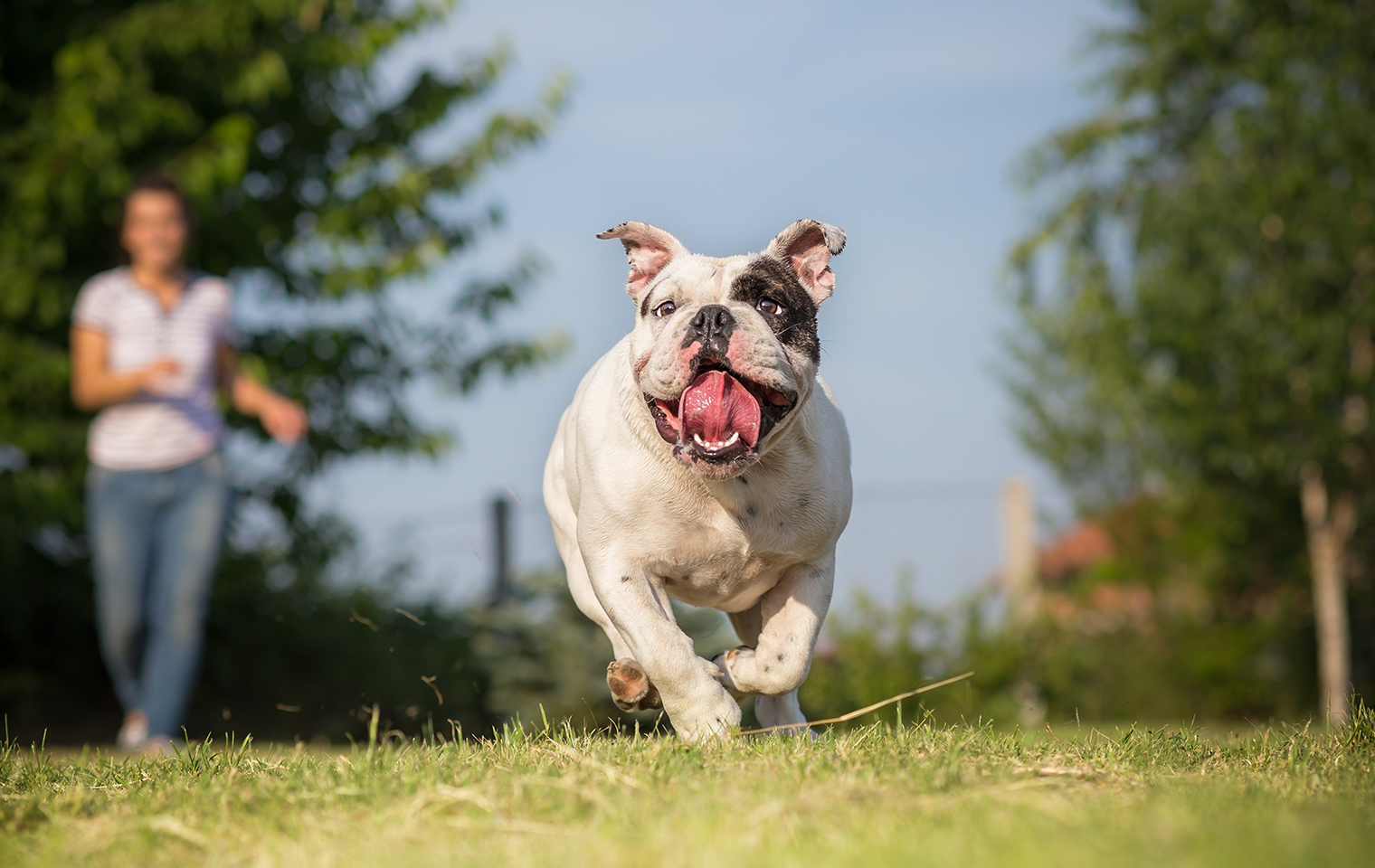
Total Recall
More than just a movie with Arnold Schwarzenegger, total recall is what you want with your dogs. This means that they are trained to come straight to you when called, no matter what is happening elsewhere. It means that squirrels, cats, other dogs or a discarded KFC packet will not stop them from immediately returning to you. The best way to ensure this is to enlist the help of a professional dog trainer as early as possible. Alternatively, you can train your dogs yourself, in your garden, with the help of their favourite treats. Of course, you won’t encounter the same distractions in your garden that you might encounter on the beach or in the mountains, so the real test will be when you are actually out in nature.
Picking up after your dogs
Another absolute rule is to pick up after your dogs, no matter where in nature you are. Dog mess may be “natural”, but it’s not fertiliser, it’s not good for the environment, it’s smelly and unsightly, and could end up in the path of other walkers. This is especially true on the beach, where young children innocently playing in the sand could come into contact with your dog’s mess and get seriously ill. For this reason, burying it is not a solution. Always carry a roll of “poo bags” with you, and hold onto a full bag until you find a bin.
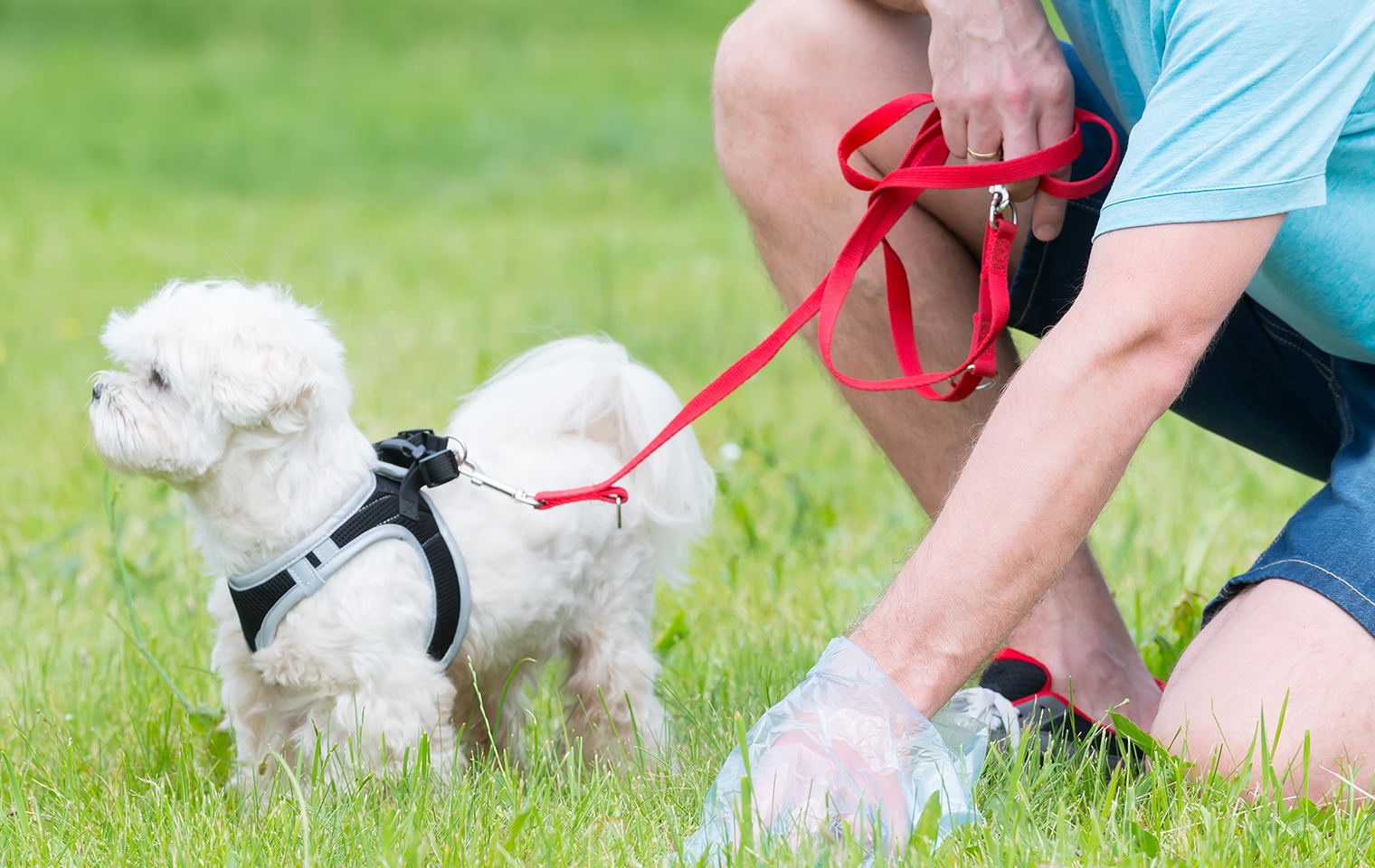
No trespassing
If walking your dogs around the neighbourhood, don’t let them go onto other people’s property. You never know if there’s a cat or dog on the property, and it would be very embarrassing if your dog decided to do its business on your neighbour’s lawn.
Even if you think it’s cute, NEVER let your dog jump up onto people. They may be terrified of dogs and experience real trauma from the experience.
In the event of an altercation
What do you do if your dog comes across another dog on a walk or hike and they take a disliking to one another? First of all, you will tell by the body language that they are not instant friends. Their tails will be still, whether up or down, and they will have an air of aggression about them. It only takes a second for this to turn into a fight, so the best thing to do is to keep moving in the opposite direction, even running, and calling your dog in a happy, light way, even shouting “treat” if your dog responds to the word. It helps if both owners do this – it distracts the dogs and if you have taught “total recall”, your dog should immediately break away and run after you. If it does turn into a fight, don’t put your hands or face near their mouths!
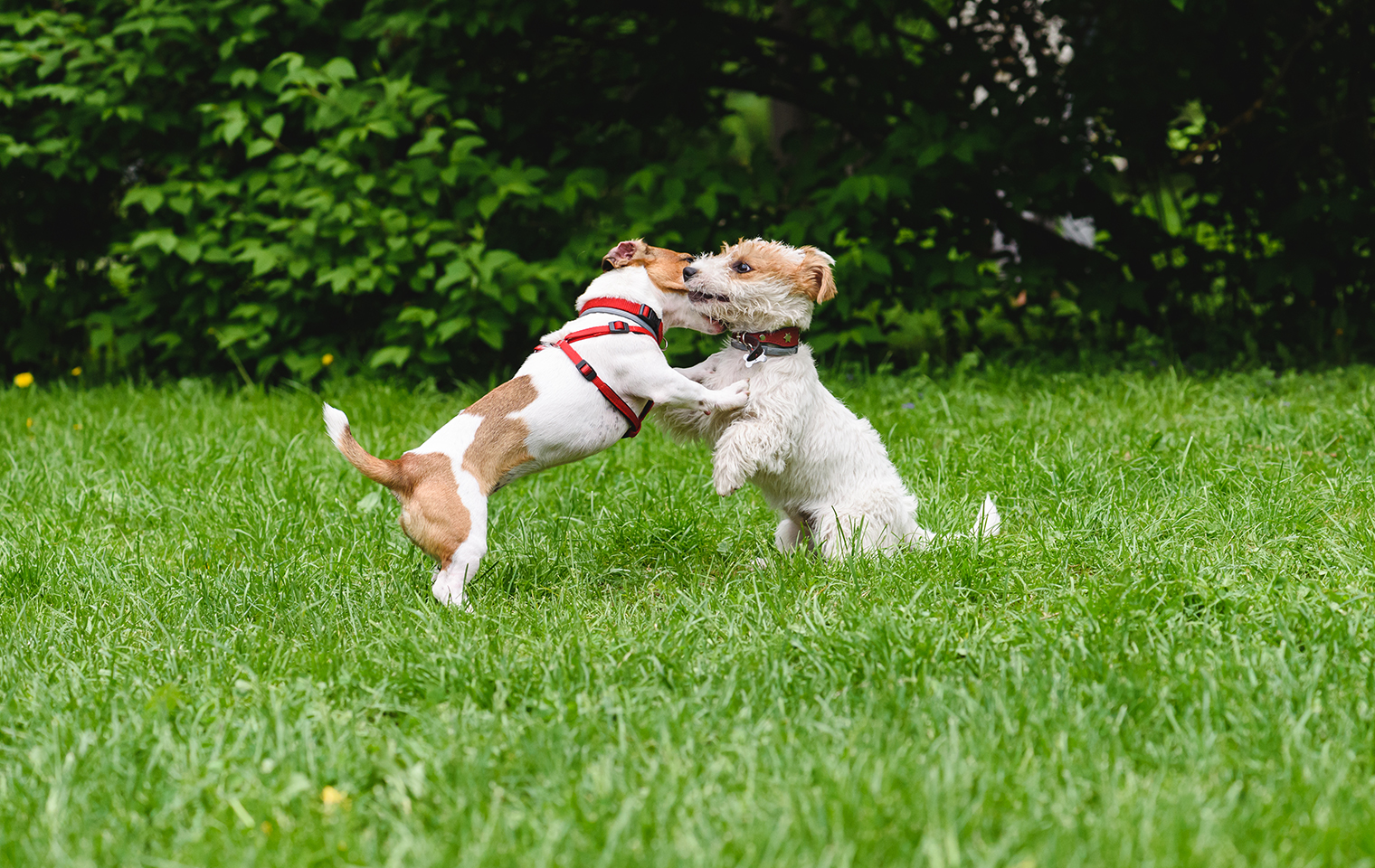
Most of the time, the dogs are noisy, baring their teething, barking, snarling, and snapping at each other, putting on a big show to warn the other to back down but not really attempting to cause injury. This can be resolved very quickly by distracting them and moving away, blowing a whistle, cracking a taser (just to make the noise, not touching either of the dogs with it) or even clapping your hands loudly. If the dogs go quiet or start going for legs, tummies or throats, it’s a true fight and one or both dogs are potentially trying to harm the other. Now, you may want to spray water at them or use a stick to separate them at the mouth of the one that is holding on.
If your dog has an aggressive nature and has injured other dogs in the past, it’s best to always walk on-leash and consider a muzzle.
Hiking with dogs
Like their owners, active dogs love nothing more than going on adventures in the mountains and this is probably the most fun you can have together. Always check whether the trail allows dogs, and whether they must be leashed. If off-leash, be aware that new sights, smells and other animals can be scary for an inexperienced canine hiker, and if your pooch gets scared and runs away, he or she might be hard to find on a vast mountain.
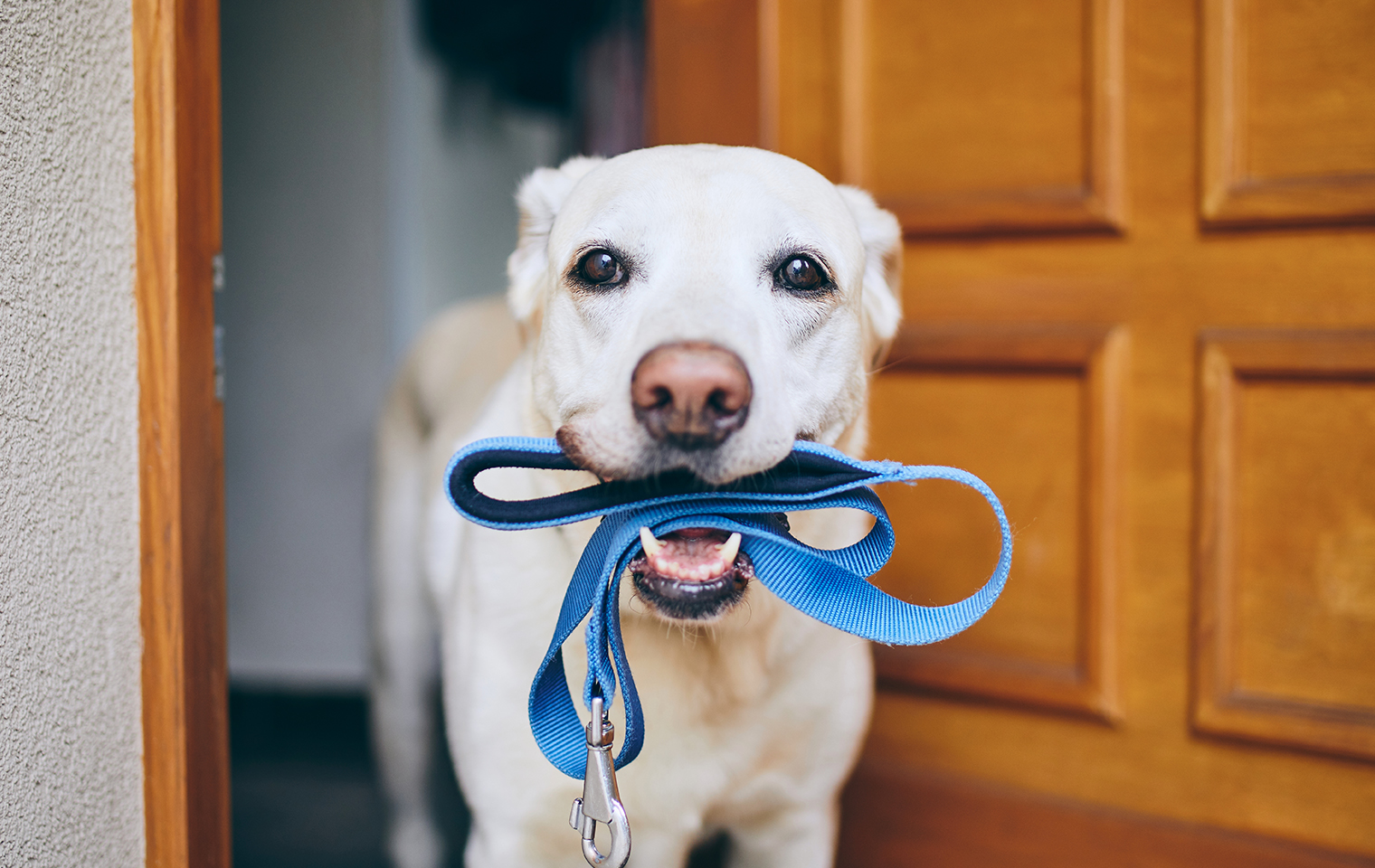
It’s also important to remember that not everyone loves dogs the way you do, so if you come across anyone else on the trail, you and your dog should always give them the right of way. You should also stick to the trail with your dog. At the same time, don’t let your dog disturb or destroy and flora or fauna. You should also ensure that you have the necessary permit to walk your dog. Table Mountain National Park allows dogs to be walked in certain areas, provided the walker has a valid “My Activity” permit and walks no more than two dogs at a time.
Very important when walking your dog in public areas is that your female dog is not in heat, and that your dogs have valid rabies vaccinations.
No dog wants to be confined to the four walls of your garden – they all love adventures, new sights and smells, not to mention that daily exercise is vital to their good health. With good training and proper etiquette, you can both enjoy “walkies” as often as time will allow!



